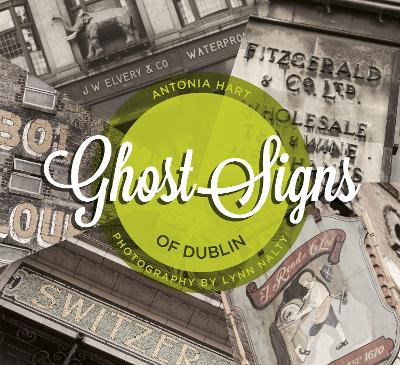
Have you ever noticed an old shop name painted on a gable wall, crossed a threshold made of a faded mosaic name, or passed your fingers over a pair of twined initials you can hardly make out? These signs tell the story of the city. Through them we watch Dubliners develop a taste for luxury goods like tea and sugar, watch them smoke and drink and taste coffee at home for the first time. We look through the windows of the confectioner whose sweets Queen Victoria bought for the royal children, and the Dublin candle company which has operated for half a millennium. We see the luxury department store where children stole purses from shoppers during the Lockout and the biscuit factory where the caretaker refused to leave his post as the 1916 rebels took over the building amid the smoke and gunfire. These signs, these casual monuments, are the prizes in a visual treasure hunt, and once you start hunting you will never see Dublin, or any city, without its ghostly lights again.
The articles are good and interesting but often needed bridging material to make it flow better. It often moves from one item to another with just a paragraph break.
This is a look at over 25 places around Dublin where you can see relics of their former use. From Reads on Parliament Street, a cutlers whose façade is slowly crumbling to Switzers remaining on one façade of Brown Thomas' this is a walk through Dublin. It could have been presented like that, as a walk.
Some of the photos seem to be strangely blurred around the bottom and the text doesn't always flow around the photos but is sometimes interrupted by a photograph of a previously written about façade.
It could have been better, but most of that is formatting stuff, the information is quite good.
Reading updates
-
Started reading
-
23 March, 2015:
Finished reading
-
23 March, 2015:
Reviewed
